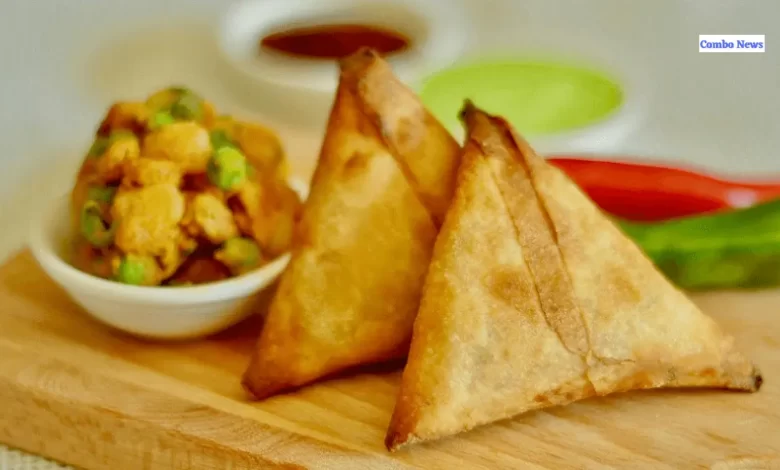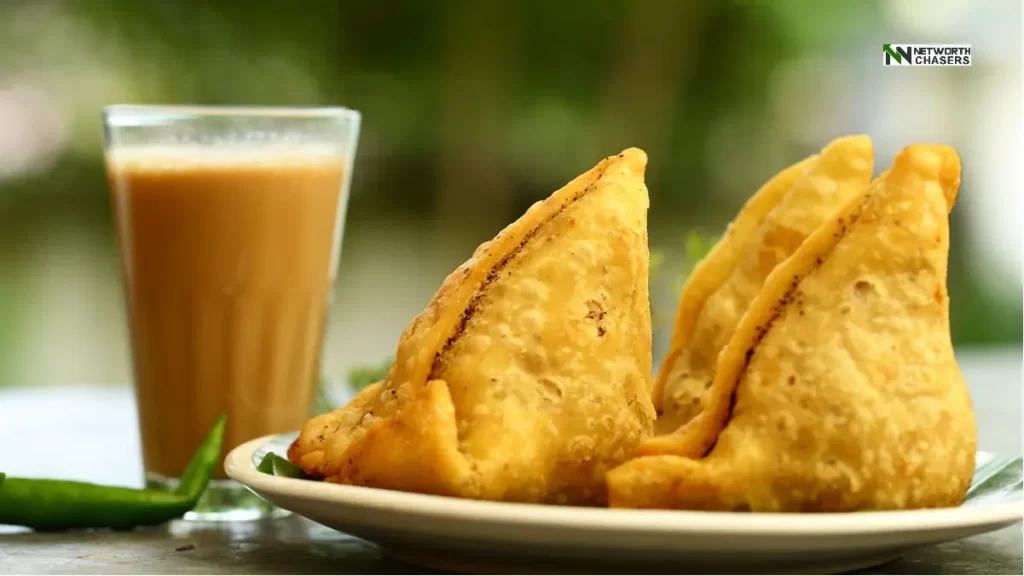Samosa: The King of Street Food

When it comes to street food, few snacks can claim the throne quite like the Samosa. With its crispy exterior, flavorful filling, and rich history, the Samosa has become a global sensation. In this article, we will explore the origins, the journey through time, the favorite spots, and the delightful ways people enjoy this iconic treat.
Six Key Facts About Samosa: The King of Street Food
- Diverse Fillings: Samosas come with an array of fillings, from traditional potato and peas to innovative combinations like cheese and spinach.
- Perfectly Crispy: The art of making the perfect samosa lies in achieving the right level of crispiness.
- Cultural Symbolism: In many cultures, samosas hold cultural significance. They are served during celebrations, festivals, and family gatherings, symbolizing joy, togetherness, and good times.
- Easy to Make: While the process may seem intricate, making samosas at home is a rewarding culinary adventure.
- Samosa Variations: Each region has its own take on the samosa. For example, the Bengali “Singara” has a different shape, and the Iranian “Sambusa” might have a distinct spice blend.
- Street Food Star: Samosas have earned their place as the ultimate street food.
Also Read | Here Is the Easiest French Toast Recipe for You
Samosa: The King of Street Food

Origin of Samosa
The exact origin of the Samosa is a subject of culinary intrigue. Many food historians believe that it originated in the Middle East before making its way to Central Asia and eventually finding a home in the Indian subcontinent. The name “Samosa” is said to be derived from the Persian word “sanbosag,” showcasing the multicultural roots of this beloved snack.
When Did It Start?
The Samosa’s journey through time can be traced back to the 9th century, where it was believed to have been introduced to the Indian subcontinent by traders. Over the centuries, the recipe evolved, and different regions added their unique twists to the classic snack. By the 14th century, it had firmly established its place in Indian cuisine.
Where is Samosa Loved Most?
One cannot talk about the Samosa without mentioning its popularity in India. This triangular delight has become an integral part of Indian street food culture. From bustling markets to roadside stalls, the aroma of freshly fried Samosas wafting through the air is a common and cherished experience. Beyond India, Samosas have also found a special place in the hearts (and stomachs) of people in neighboring countries like Pakistan, Bangladesh, and Nepal.
The Global Phenomenon
In recent years, the Samosa has transcended cultural boundaries and become a global phenomenon. Its popularity has spread to the Middle East, Europe, North America, and beyond. Indian restaurants around the world proudly feature Samosas on their menus, introducing people from diverse backgrounds to the joy of this delectable snack.
How Do People Eat It?

The beauty of the Samosa lies not just in its taste but also in the versatility of how it can be enjoyed. In India, it is often served with tangy tamarind chutney or mint sauce. Some regions stuff it with spicy potatoes, peas, and herbs, while others include minced meat or lentils. The Samosa’s adaptability has led to various regional variations, each with its distinct flavor profile.
Also Read | Here is the Easiest Banana Bread Recipe for You
In many places, Samosas are also enjoyed with a side of yogurt or a cooling raita, providing a balance to the spiciness. Whether paired with chai as an evening snack or served as part of a festive meal, the Samosa has become a staple in celebratory and everyday settings alike.
Healthier Alternatives
As global food trends shift towards healthier options, the Samosa has not been left behind. Innovative chefs and home cooks are experimenting with alternative fillings and baking methods to create a lighter version of this classic snack. Whole wheat flour and inventive fillings such as spinach and paneer are gaining popularity, offering a healthier twist without compromising on taste.
Crunchy Exterior
The crispy and golden-brown exterior of a samosa is a delightful contrast to its flavorful interior. Deep-fried to perfection, the outer layer adds a satisfying crunch that is irresistible. This texture is what sets the samosa apart from other street foods, making it an ideal snack to enjoy any time of the day.
Perfect Snack Size
Samosas are the perfect size for a quick snack. Their handheld nature makes them convenient to eat on the go, without the need for utensils. This makes them a popular choice among office-goers, students, and anyone seeking a delicious bite during their busy day.
Cultural Significance
Samosas have a rich cultural significance in many countries, particularly in South Asia and the Middle East. They are often an integral part of festivals, celebrations, and family gatherings. This cultural connection adds a layer of nostalgia and emotion to the samosa, making it more than just a snack; it’s a symbol of tradition and togetherness.
Conclusion
In conclusion, the Samosa’s journey from its mysterious origins to becoming the undisputed king of street food is a testament to its universal appeal. Whether enjoyed in the narrow lanes of Old Delhi or at a trendy café in New York City, the Samosa continues to captivate taste buds and bring people together. Its rich history, diverse variations, and the joy it brings make the Samosa a true culinary masterpiece that shows no signs of losing its royal status anytime soon.
Also Read | How to Avoid Junk Food for a Balanced Lifestyle?








